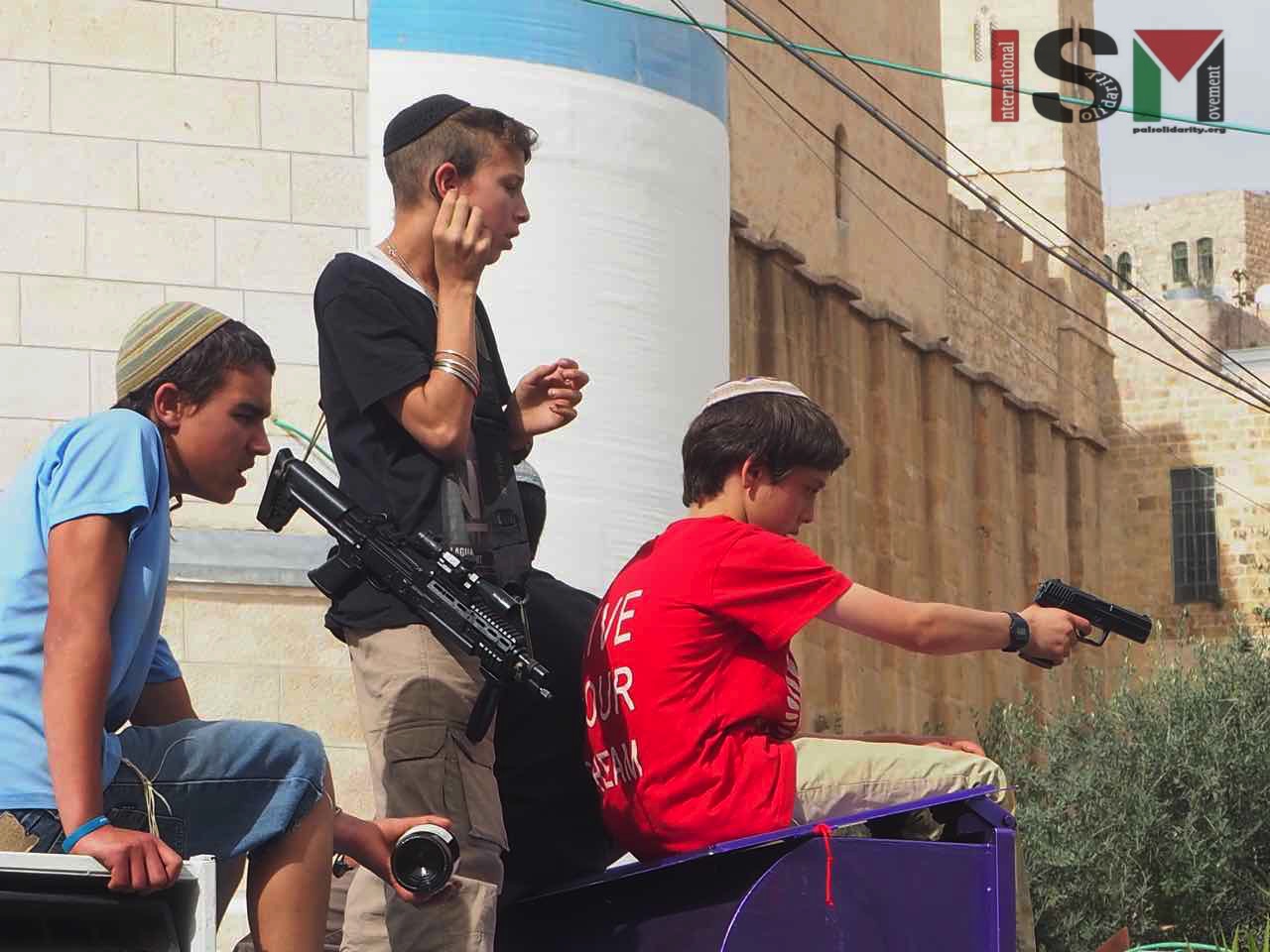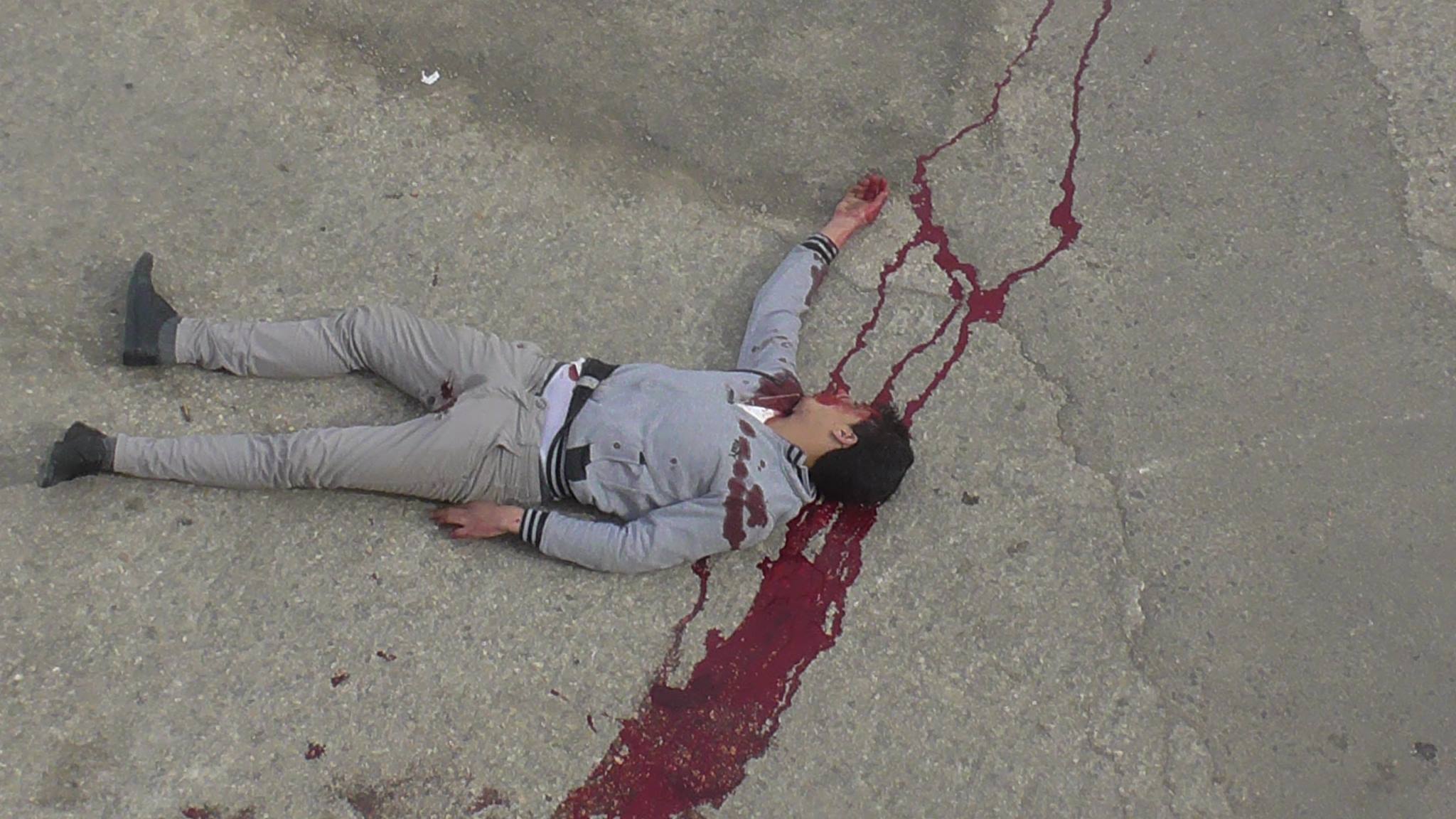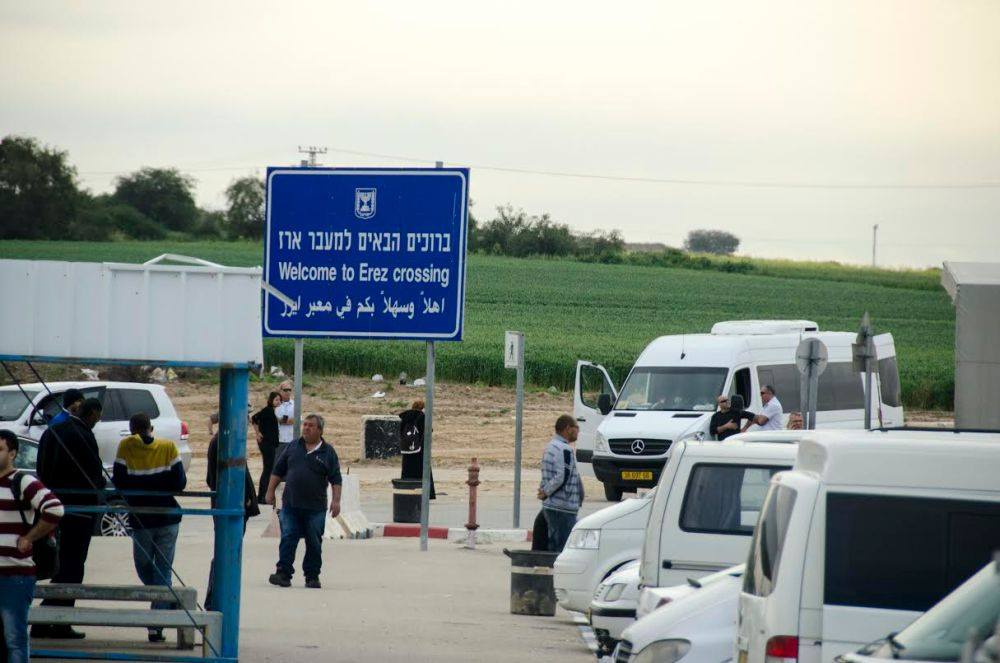Category: Reports
-
Illegal settlers celebrate Purim after cold-blooded murder of Palestinian youths
24th March 2016 | International Solidarity Movement, al-Khalil team | Hebron, occupied West Bank On the 24th March, Israeli settlers from the illegal settlements in occupied al-Khalil (Hebron) celebrated the holiday of ‘Purim’. The settlers marched through the Old City of al-Khalil, starting off from the spot where just a few hours before, Israeli forces…
-
An evident extrajudicial execution in Hebron
24th March 2016 | International Solidarity Movement, al-Khalil team | Hebron, occupied West Bank On the morning of the 24th of March, around 8:30 am, two Palestinian youths, Ramzi Aziz al-Qasrawi, 21 years old, and Abed al-Fattah Yusri al-Sharif, 21 years old, were shot to death by Israeli forces after an alleged stabbing attempt in the…
-
Apartheid restrictions against Palestinians
23rd March 2016 | International Solidarity Movement, al-Khalil team | Hebron, occupied West Bank The Israeli government has announced that as of Wednesday the 23rd of March, until Sunday the 27th of March, all roads leading into or out of the occupied Palestinian territories, be it either the West Bank or Gaza will be completely…



